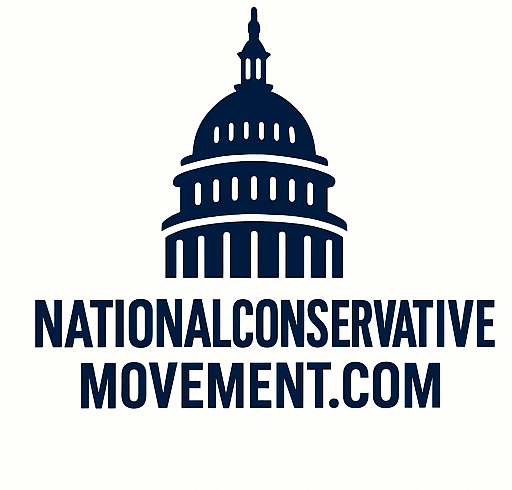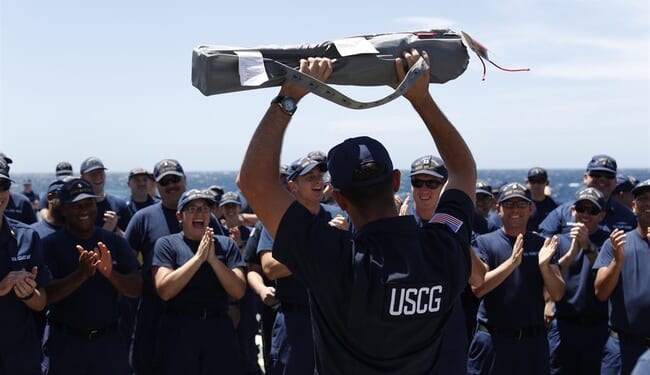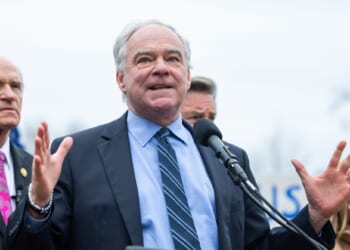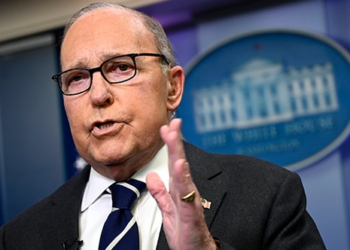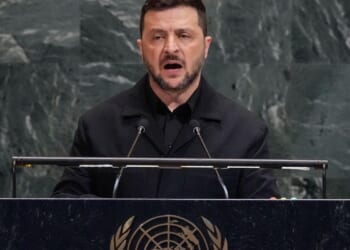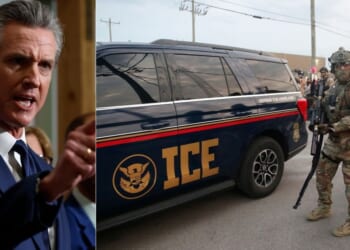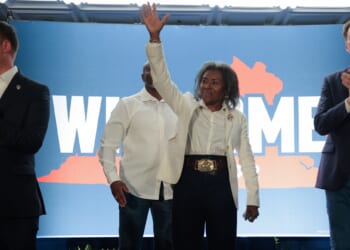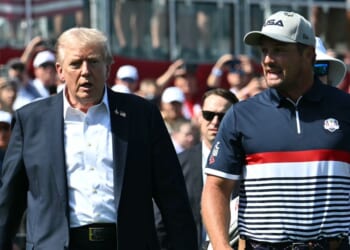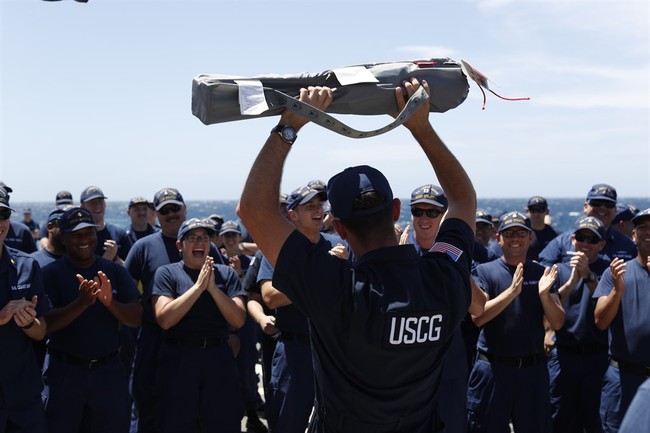
Creating a water divot the size of Hakeem Jeffries’ sombrero, deploying the aircraft carrier USS Gerald R. Ford and its accompanying strike group into the Caribbean marks a sharp pivot in President Trump’s American strategy. Framing it as a counter-narcotics operation, the move signals far broader ambitions than simple interdiction.
Why Sail There Now
Specific Latin-American criminal organizations have been branded “narco-terrorists,” and the Trump administration is now treating American waters as a front line.
The administration argues that the threat is urgent and systemic, and has backed this up with more than ten strikes against suspected drug vessels since September, mainly in the Caribbean.
Beneath the anti-drug narrative lies a chaotic geopolitical dimension; the carrier group isn’t merely patrolling maritime smuggling lanes: The group’s shadow nearly touches the regime of Venezuela’s dictator Nicolás Maduro, along with cartel logistics tied into that government and neighboring states.
America’s strategy is a means of exerting pressure on state actors, not just the criminal ones.
Plan and Scope
The area of operations falls under the United States Southern Command (USSOUTHCOM), which includes the Caribbean Sea, Central America, and South America. Making up the strike group are the existing warships, drones, surveillance aircraft, and special-operations aviation assets already in the region.
This strategy shifts interdiction from passive to forward engagement using carriers, stealth fighters, and helicopters to work closer to trafficking routes and much closer to their sources.
Whether or not the campaign shifts to land targets, the U.S. has more tools at its disposal for maritime and kinetic operations than for law enforcement.
See Related: The New Monroe Doctrine: A New Column On America’s Backyard, America’s Future •
Pete Hegseth Puts On a Masterclass on How You Can You Tell If It’s a Narco-Boat (VIP)
Where Will It Go?
Although the carrier group geographically straddles both the continental United States mainland, Puerto Rico, the Lesser Antilles, and northeastern Venezuela, it’s smack dab in the middle of deep Latin American smuggling routes. Even though it might be five to seven hundred miles from U.S. territory, a carrier stationed in the Caribbean remains within striking distance of Colombian or Venezuelan maritime zones.
One military strategy is positioning power where the enemy operates, instead of waiting for the illicit drugs to reach us at home, it’s an emphasis that matches Trump’s America First doctrine, now applied to drugs.
Reactions from Democrats and World Leaders
Acting as if they heard a high-pitched dog whistle, Democrats in Congress questioned President Trump’s authority, while raising immediate concerns about oversight and legality to strike targets without congressional war powers.
Venezuela offered the build-up as proof of U.S. imperial designs, condemning the actions. If Washington “intervened,” President Maduro warned of insurrection.
Colombia’s President Gustavo Petro came out of the gate describing any attack on Venezuela as an attack on Latin America, then, using his best Emily Litella impression, tried to moderate his tone. These concerns were followed by even more concerns from regional organizations about foreign military forces in their hemisphere.
Read Between the Lines
We can be thankful that the Trump administration treated the carrier deployment as a strategic threat, not just a criminal enterprise, and shifted toward an echo of the Cold War forward posture rather than post-9/11 law enforcement. The U.S.’s commitment to projecting power southward underscores the risks involved: diplomatic blowback, questions of sovereignty and legality, and the risk of escalation.
The upside, however, is enormous. Disrupting traffic routes may collapse cartels’ cash flow, possibly weakening any governments that profit from such ventures.
In short, we’re taking the fight for our homeland over the horizon, not just at the border.
Latest Interdiction Metrics
A better presidency, better results.
Since January, the Coast Guard has seized roughly 240,000 pounds of cocaine, reflecting the historic highs from U.S. interdictions, a total that doubles last year’s total.
An operation in late August captured another 76,000 pounds, worth nearly $473 million, the largest bust in service history.
Another record broken, this time reported by the Joint Interagency Task Force South: Over 400 million metric tons of cocaine were seized this year.
Despite the records, the GAO noted that the Coast Guard hasn’t met its annual interdiction goals for over ten years, even as smugglers have quickly adapted, shifting to submersibles and drones.
I don’t believe for a second that any blame falls on the Coast Guard; they’re not going up against stupid people.
These are real victories, but if momentum slips, they become temporary.
Final Thoughts
Israel absorbed rocket attack after rocket attack for years, holding back while the world urged restraint. But when she finally struck back, hard, the same critics who had preached patience suddenly demanded mercy.
Those fools don’t understand that no sane nation tolerates endless assaults without consequence.
The drug crisis in America is no different; Powder is the invader, not projectiles, and when the death toll isn’t measured simply in ruined cities, but in overdosed sons and daughters.
It’s not saber-rattling when Trump orders a carrier group into the Caribbean; it’s self-defense—the same principle guiding every nation that decided enough was enough.
If Israel defends its people after thousands of rockets, then the United States protects its people after a thousand funerals. Justice doesn’t lose legitimacy because the battlefield changed.
The right to defend one’s own never expires.
Dive deeper into how the carrier deployment fits into hemispheric policy, 2026 election stakes, and the evolving fight against cartels: Join PJ Media VIP today.
